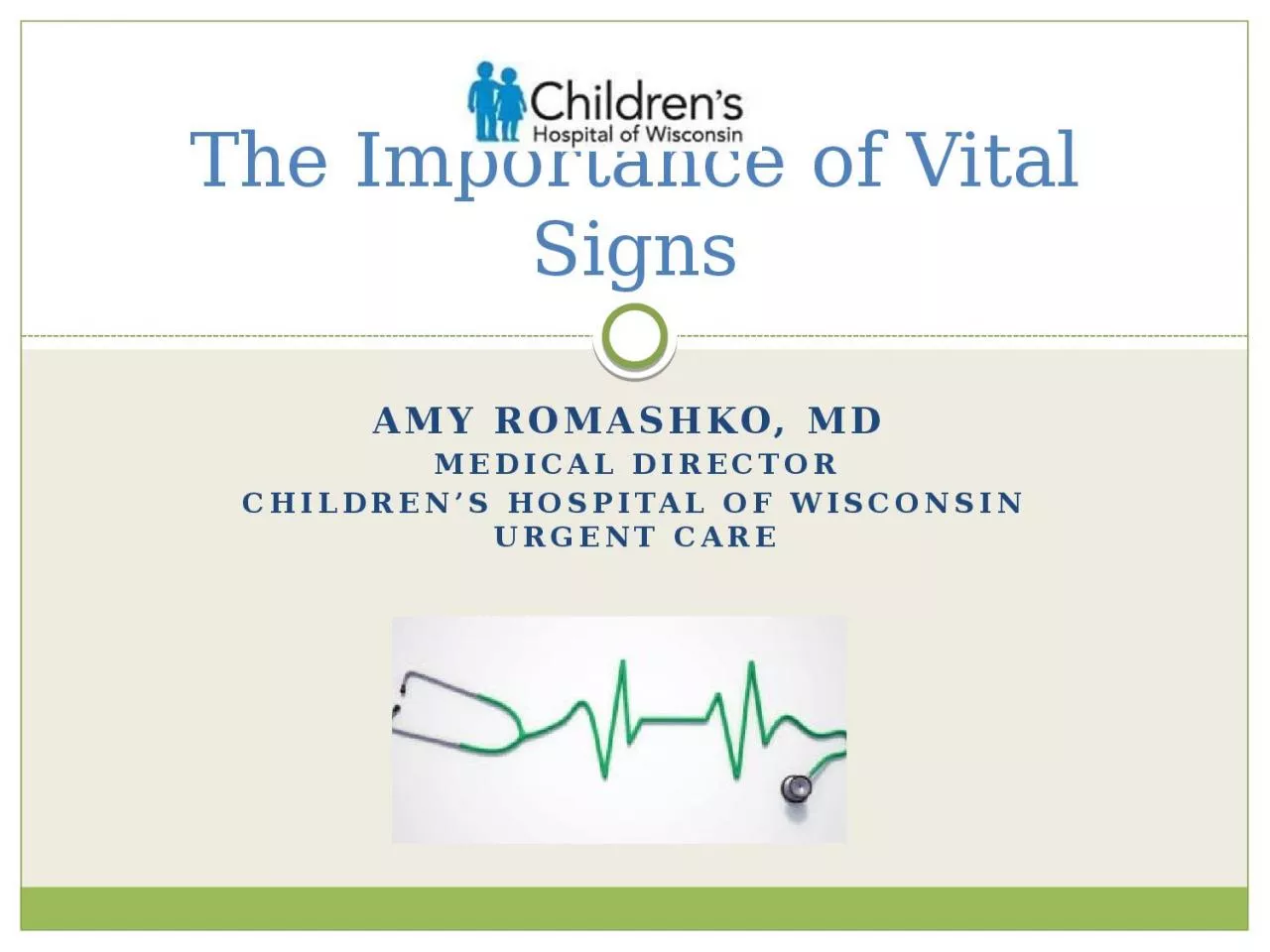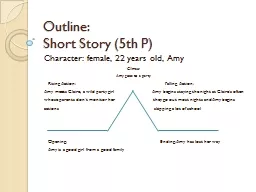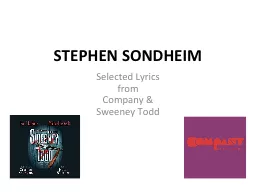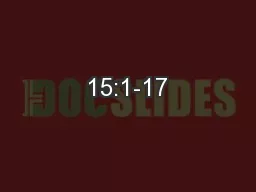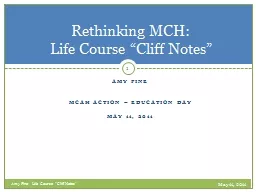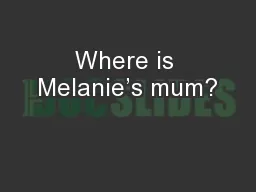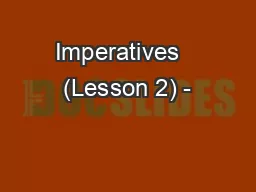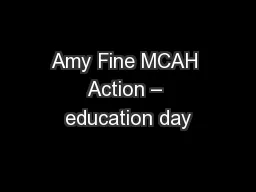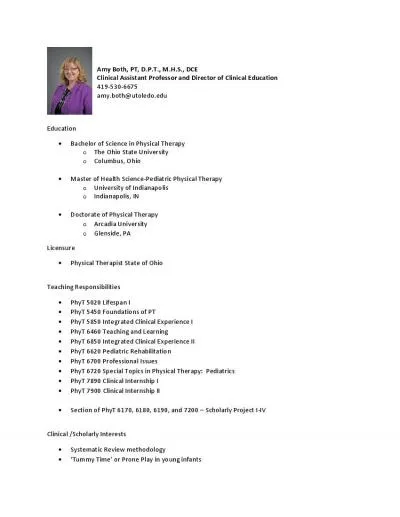PPT-Amy Romashko, MD Medical Director
Author : harper | Published Date : 2024-02-09
Childrens Hospital of Wisconsin Urgent Care The Importance of Vital Signs ACCME Accreditation Statement The Medical College of Wisconsin is accredited by the Accreditation
Presentation Embed Code
Download Presentation
Download Presentation The PPT/PDF document "Amy Romashko, MD Medical Director" is the property of its rightful owner. Permission is granted to download and print the materials on this website for personal, non-commercial use only, and to display it on your personal computer provided you do not modify the materials and that you retain all copyright notices contained in the materials. By downloading content from our website, you accept the terms of this agreement.
Amy Romashko, MD Medical Director: Transcript
Download Rules Of Document
"Amy Romashko, MD Medical Director"The content belongs to its owner. You may download and print it for personal use, without modification, and keep all copyright notices. By downloading, you agree to these terms.
Related Documents

